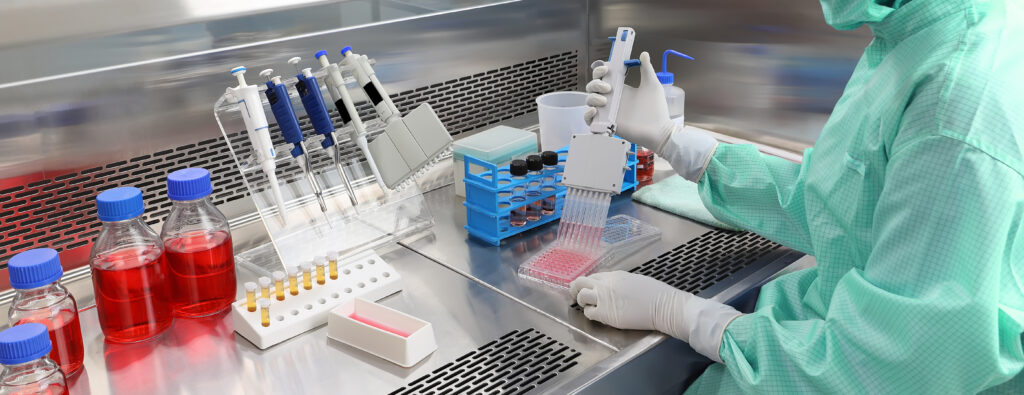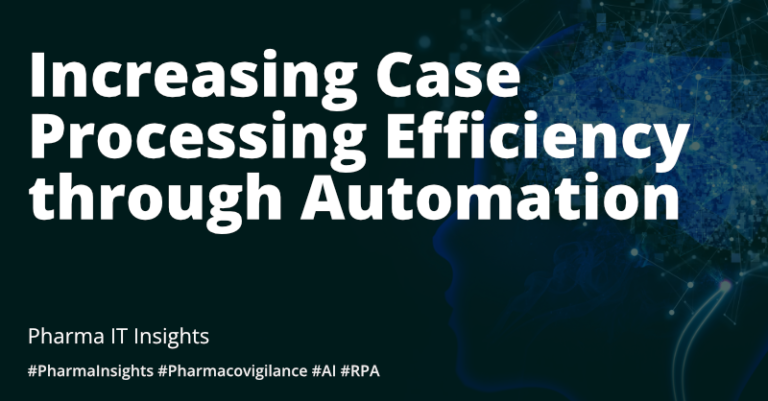Pharma IT Insights
Choosing the Right Expression System for Heterologous Protein Production
Your Decision-Making Guide
By Martin Willer
August 25, 2022
Pharma IT Insights
Choosing the Right Expression System for Heterologous Protein Production
Your Decision-Making Guide
By Martin Willer
August 25, 2022
Share on email
Share on linkedin
Share on twitter
Share on skype
Share on facebook
In this Insight, Martin Willer provides a guide to choosing the right expression system for heterologous protein production. Keep reading to learn the factors you should consider and why it is important to plan your documentation process from the very start.
When you start a new project requiring the production of a heterologous protein, it is very important to choose the right expression system. There are several options to choose from including (listed in increasing complexity):
- Cell-free Systems (e.g. biosynthesis, peptide synthesis)
- Bacteria (e.g. Escherichia coli, Bacillus subtilis, Lactococcus lactis)
- Yeast (e.g. Saccharomyces cerevisiae, Pichia pastoris, Hansenula polymorpha)
- Other Fungi (e.g. Aspergillus, Trichoderma, Neurospora)
- Algae
- Transgenic Plants (e.g. Tobacco, Potato)
- Baculovirus/Insect Cells (e.g. Drosophila)
- Mammalian (e.g. HEK293, CHO)
The right solution will vary between projects and should be chosen after careful consideration. Each of these systems comes with a unique profile of strengths and weaknesses that should be considered, including both qualitative and quantitative parameters.
While some can be addressed theoretically, others require experimental data. Furthermore, many of the building blocks of the perfect expression system affect each other, and often several different options should be tested before the final combination is chosen.

Given the complexity of this endeavour, we've compiled a list of the key factors you should consider when choosing the right expression system for your project's heterologous protein production.
- What is the protein’s size?
- What is the protein’s structure? (i.e. heterodimers, difficult domains, repetitive sequences, degradation sensitive regions, hydrophobic domains)
- Are there Post-Translational Modifications (PTM)? (i.e. folding, phosphorylation, glycosylation, others)
- Yield: How much protein do I need?
- Speed: How fast of a turnaround do we require?
- Applications: What do I need the protein for?
- How pure should the protein be? Are there downstream purification options or affinity tags?
- Sequence Variants: Do I need to optimize biological activity? Do I need libraries of targeted or random variants?
- What are the relevant Expression Construct Considerations?
↳ Selection (i.e. dominant, metabolic, other)
↳ Genetic Stability (i.e. integrated, episomal, rearrangements)
↳ Promotor Type (i.e. induced or constitutive, strength)
↳ Secretion Signals - What level of scalability do I need?
- What production facilities do I have access to?
- What process type do I want (i.e. batch, fed-batch, perfusion)?
- Have I accounted for the requirements of Good Manufacturing Practice (GMP)?
- Have I accounted for biological activity, including the possibility that the product is toxic to the host cell?
- What is my budget?
- Do I have the necessary freedom to operate, licenses, and/or other legal requirements?
Need additional support?
Need additional support?
Once you have selected the right expression system for your project, it is vital to ensure you have a documentation plan from the very start
This ensures you do not miss out on documenting crucial information that is difficult, or even impossible, to obtain at a later stage.
Although the development work leading up to a research cell bank (RCB) does not require compliance with GMP guidelines, it is important to have performed all the required characterization, including safety aspects, and to have all the documentation at hand should it come to writing the cell line history sections of the CTD module 3.
For this reason, we suggest that you spend some time building a list of the required information, data, test results, assay details, and description of individual steps and documentation for materials used during the development of your cell line. This includes keeping the Certificate of Analysis (CoA) for all of your raw materials!
In the end, you can never have too much detailed information about your RCB.
About the author(s)
Martin Willer is a Senior Pharma Consultant who holds over 30 years of experience within molecular biology, cell biology, and biotechnology in both academic and industrial settings. His project involvement has generally fallen into two main categories: heterologous expression and metabolic pathway engineering. Martin has worked extensively with different yeast platforms and has experience with most pro- and eukaryotic systems. He holds a PhD in Biology and Genetics from the University of Copenhagen.


